St. George’s Circus
At the center of London’s oldest roundabout stands an obelisk that was erected in 1771, but spent several decades elsewhere.
Located in South London about halfway between Waterloo Station and Elephant and Castle, St. George’s Circus may seem like a relatively ordinary roundabout within Central London except for the presence of the obelisk at its center. The obelisk, which was given listed status in 1950 by English Heritage, as well as the roundabout itself are a significant part of the history of the development of London. In fact, St. George’s Circus can lay claim to being the first planned circus (or roundabout) in London.
Circuses (as in roundabouts) were introduced to England in the mid-18th century with the creation of the Circus (then called the King’s Circus) in Bath. During this time, London was expanding across the Thames River into what had been farmland. While London Bridge had been in place since medieval times, two more bridges were built to facilitate the expansion of London’s urban core: Westminster Bridge in 1750 and Blackfriars Bridge in 1769. The architect and civil engineer Robert Mylne, who had constructed Blackfriars Bridge, had also built a grand boulevard (now known as Blackfriars Road) south of the bridge. In 1771, at the end of the boulevard where it intersected the roads to the other two bridges, Mylne created St. George’s Circus as a grand southern entrance to the city.
Robert Mylne also designed the obelisk at the center of St. George’s Circus, and it was put in place the same year that the circus was built. One side of the base of the obelisk states that it was “Erected in XI year of the reign of King George the Third.” The other three sides give distances to Palace Yard in Westminster Hall, Fleet Street, and London Bridge. Notably, these distances are still accurate today. The obelisk originally also had gas lamps at each of its corners to illuminate the surrounding intersection. This was considered to be a major public safety advancement at the time.
However, the obelisk has not always stood in St. George’s Circus. Sometime around 1897, the obelisk was relocated to Geraldine Mary Hamsworth Park outside the Imperial War Museum (where the distance information would have been inaccurate). In its place, a clock tower was erected to celebrate Queen Victoria’s Diamond Jubilee, but the clock tower was demolished in the 1930s to improve traffic flow through the intersection. The obelisk would remain outside the Imperial War Museum until it was moved back to the intersection in 1998.
Another notable fact about this intersection is that a British law named the Act for Improving St George’s Fields of 1812 requires that all buildings in this intersection must be located at a distance of 240 ft from the obelisk. As a result, a few of the buildings in this intersection, including some modern ones, have curved facades to comply with the act.
Today, St. George’s Circus is a well-established part of the identity of this area of London, but it lies outside the areas most frequented by visitors. While most passers-by will only briefly glance at the obelisk, its presence is a testament to the history of South London.
Know Before You Go
St. George’s Circus is located in South London within a short walking distance of several Underground Stations (Southwark, Borough, Elephant and Castle, Lambeth North, and Waterloo) and lies on several bus routes. The circus can also be reached by car, although it is within the Congestion Charge Zone. Although the obelisk sits on a paved area at the center of the circus, no crosswalks lead to the obelisk itself. If traffic is too heavy, it may be safer to view the obelisk from the pedestrian areas on the periphery of the circus.
Plan Your Trip
The Atlas Obscura Podcast is Back!













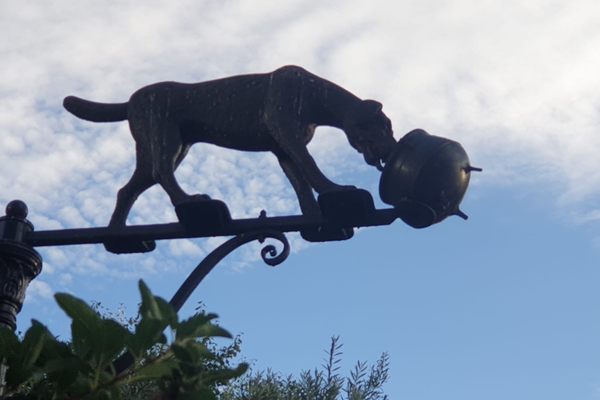

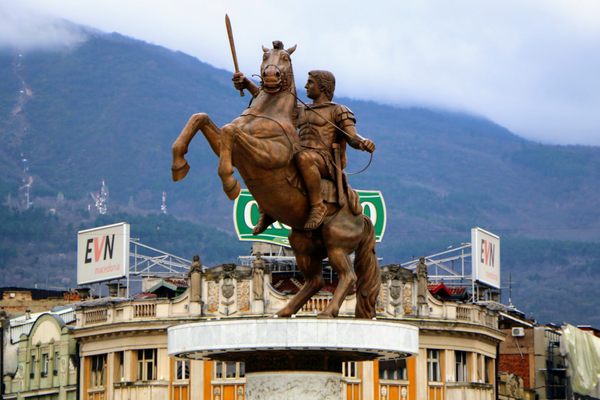
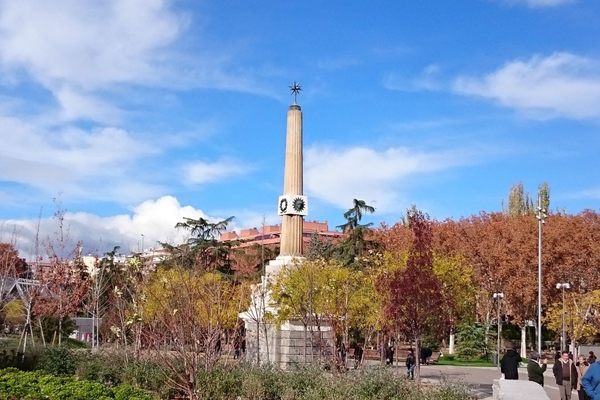
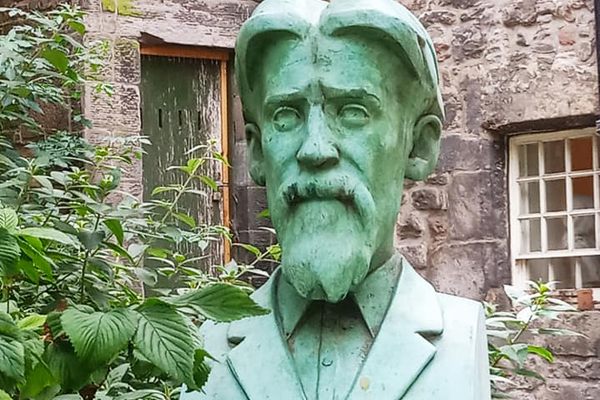
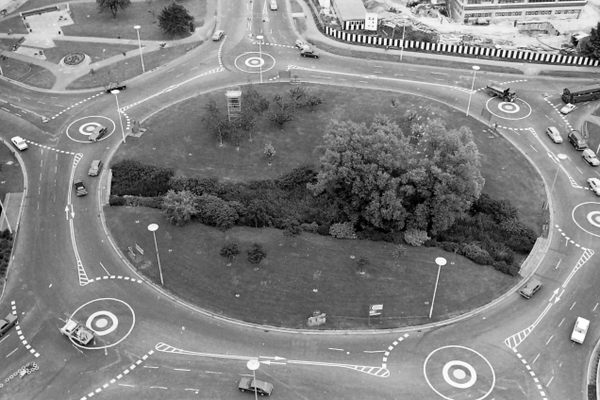

Follow us on Twitter to get the latest on the world's hidden wonders.
Like us on Facebook to get the latest on the world's hidden wonders.
Follow us on Twitter Like us on Facebook